Unleashing The Top 7 Strongest Animals In The World

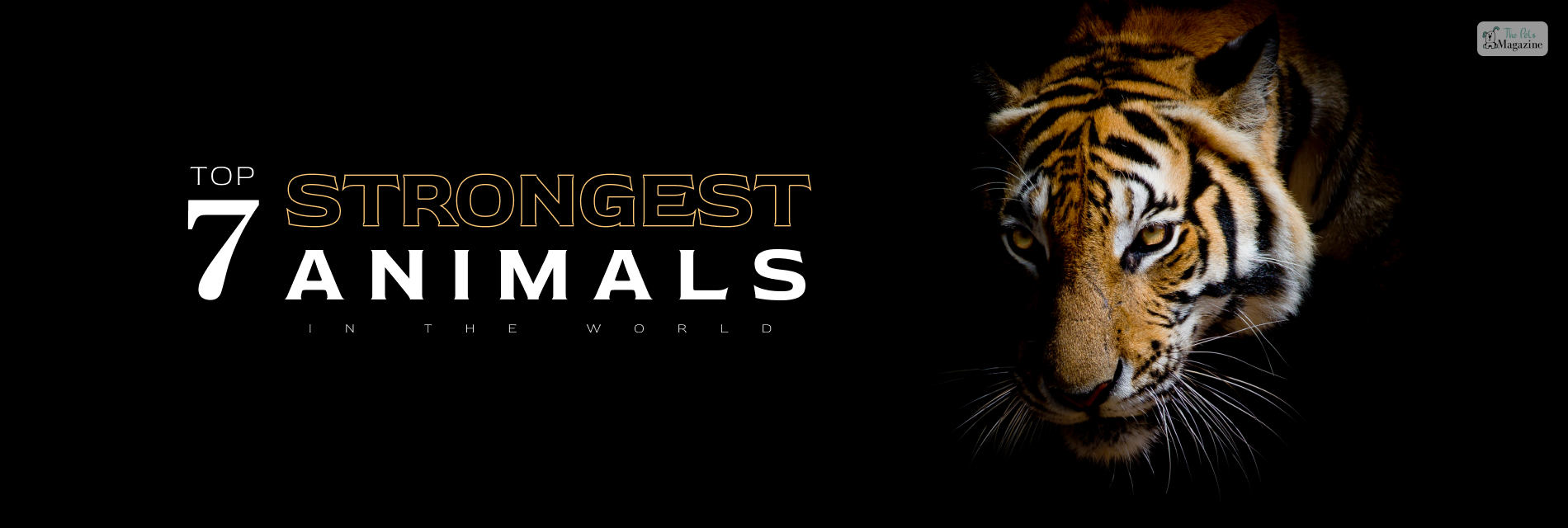
We human beings consider ourselves to be the superior beings on earth in terms of power and intelligence. However, we often forget the fact that most wild animals can overcome and kill us using nothing but brute strength and skills that nature bestowed upon them. But even in the animal kingdom, different animals display different types of strength.
For instance, cheetahs can run fast, Bears and gorillas can lift a lot more than their body weight, and crocodiles and rhinos have powerful jaws and strong bite force. Since the definition of strength varies for each animal, it is practically impossible to name a member of any particular species as the strongest animal in the world.
What Is The Strongest Animal In The World?
So, what’s the strongest animal in the world? Most of us know that the elephant is one of the strongest animals in the world. But you will probably be surprised to know that some species of ants that can carry objects 50 times their own weight also fall under the category of strongest animals in the world. Confused right? Don’t worry. We are here to explain.
Before embarking on the topic of who is the strongest animal in the world, we need to understand how strength is measured in the animal kingdom. You may be interested to know that in the case of animals, the overall strength is relative to the size of their body. Thus, in order to know how powerful an animal is, we take into consideration something called the strength-to-body weight ratio (SBR).
Scroll down to check out the top 7 strongest animals in the world.
African Elephant
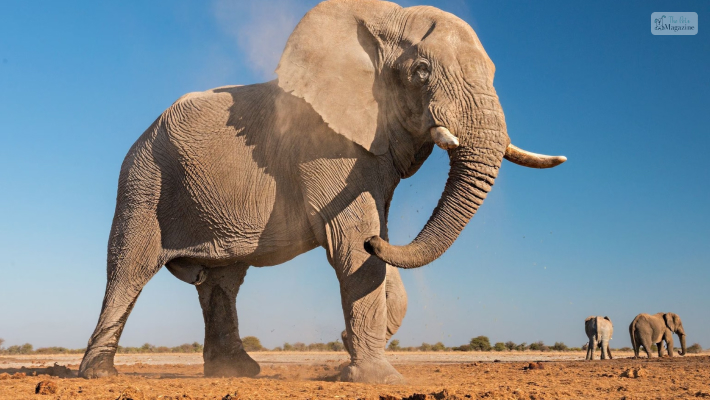
| Scientific name | Loxodonta africana, Loxodonta cyclotis |
| Height | 11 – 13ft. (shoulder height) |
| Weight | 6 tons |
African Elephants are the largest animals and strongest mammals on land at the moment. They can be easily differentiated from their Asian cousins as they have slightly larger ears that bear a slight resemblance to the continent of Africa.
African elephants weigh around 6-8 tonnes and can carry up to 15-20% of their body weight. However, the trunk of an elephant is their most interesting feature. It is essentially a long nose that is also used for other purposes like communicating with other elephants and grabbing things.
Elephants love water, and they use their trunk to store water and then spray it on themselves to stay cool. The trunk of an African elephant has around 40,000 muscles which enable these gentle giants to uproot heavy trees easily. Moreover, while Asian elephants have only one fingerlike feature on the end of their trunk, African elephants have two such features. This enables them to grab hold of small objects.
African elephants can be categorized into two main species – forest elephants and savanna or bush elephant. The main difference between these two species is that forest elephants are darker and smaller in size compared to bush elephants and have straight tusks that point downwards. Bush elephants have tusks that curve outwards.
Currently, African elephants are considered to be endangered species. Their survival is under threat due to poaching and loss of habitat.
Grizzly Bear
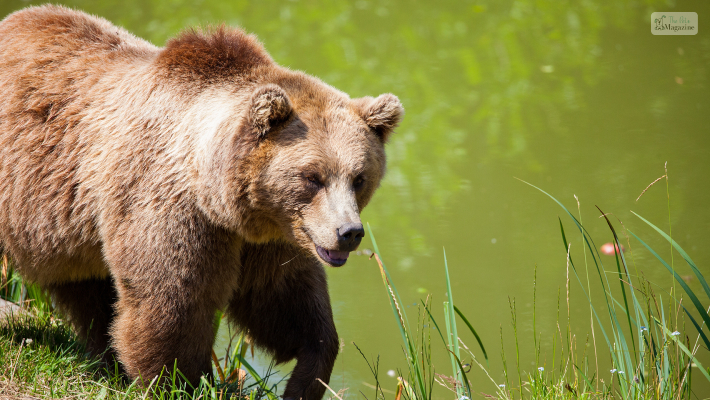
| Scientific name | Ursus arctos horribilis |
| Height | 5-8 ft |
| Weight | 600-700 pounds |
Grizzly bear is a common name for a subspecies of brown bear found in North America, which includes the northwestern United States and Western Canada. Weighing well over 700 pounds and growing as tall as 8 ft. in height (when standing on their hind legs), adult grizzlies have secured their position as the strongest animal in the world.
Grizzly bears have easily recognizable features, which include a dish-shaped face profile, humped shoulders, large head, small, rounded ears, slightly curved, long front claws, and brown fur that are white or silver-tipped.
Despite their weight, Grizzly bears can run quite well. Over short distances, they can maintain an approximate speed of around 56 km per hour. They are also good swimmers and have a keen sense of smell. However, they are not very good at climbing trees because of their long front claws and weight, and they also have poor eyesight.
Grizzly bears are powerful predators with a bite force of around 1160 PSI. They have been known to attack humans without any provocation. Female grizzlies with cubs are more dangerous. So it’s best to avoid areas that are known homes of the grizzly bear.
Saltwater crocodile
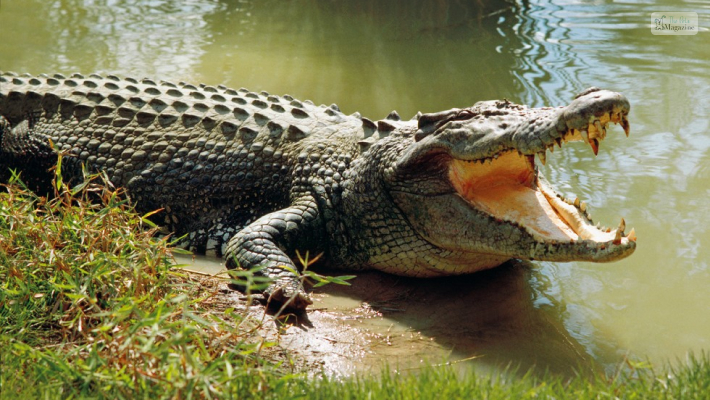
| Scientific name | Crocodylus porosus |
| Length | 17 feet |
| Weight | 1,000 pounds |
The Saltwater crocodile, or ‘saltie,’ an affectionate nickname given to it by Australians, is the largest reptile in the world at the moment. As the name suggests, they are known for their ability to thrive in saltwater. However, they are mostly found inhabiting coastal or brackish waters, freshwater rivers, and swamps.
Saltwater crocodiles are carnivores and will eat any animal that comes their way. This includes anything from fishes, small reptiles, insects, birds, monkeys, wild boars, and buffalos.
They hide just beneath the surface of a water body, exposing only their eyes and nose and waiting patiently for any unsuspecting prey approaching the water body. When the prey is close enough, salties will lunge at it and kill it with one snap of its powerful jaws. After capturing the prey, a saltwater crocodile will pull it underwater to feast on it.
Now you may have been wondering while reading this article what animal has the strongest bite in the world. With a bite force of around 3700 PSI (pound per square inch), crocodiles are at the top of that list. Besides being one of the strongest animal in the world, it also makes them one of the deadliest predators in the world. They are territorial creatures, and there have been quite a lot of instances where they have been aggressive toward human beings. In a year, there are around dozen attacks on humans caused by saltwater crocodiles.
Leafcutter Ant
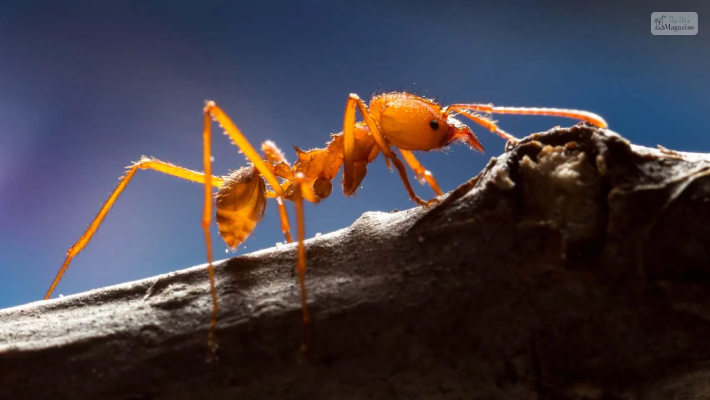
| Scientific name | Atta cephalotes |
| Length | Length |
Wondering why we have included ants in an article about whats the strongest animal in the world? We will tell you why. Leafcutter ants can carry leaves that are 50 times their own weight in their jaws. To put it into a better perspective – it is similar to an average-sized person carrying a small car in their month.
In addition to exceptional physical strength, leafcutter ants are remarkable creatures for several other reasons. Fungus is their main source of food for the colony, and they work hard to cultivate their fungus garden. They have insanely powerful jaws, which they use to cut off leaf fragments.
However, these ants don’t consume the leaf fragment; instead, they use it as a fertilizer for their fungus garden. Leafcutter ants can also discharge antibacterial liquids to prevent the fungi from getting spoiled due to infection.
Their jaws work almost like a chainsaw. According to experts at U.S. Fish and Wildlife Service, the jaws of a leafcutter ant can vibrate at a speed of thousand times per second which is thrice the gravitational force.
Harpy Eagle

| Scientific name | Harpia harpyja |
| Height | around 7 feet |
| Weight | up to 20 pounds |
Native to the rainforests of South and Central America, Harpy Eagles are considered to be one of the most powerful birds of prey in the world. They are also the largest among all the eagle species.
Female harpy eagles are larger in size compared to their male counterpart. They are apex predators fond of preying on animals larger than themselves. This includes animals like sloths, coatis, monkeys, tree porcupines, and opossums. They also eat reptiles like Iguna, snakes, and birds such as macaws.
A harpy eagle’s talons are its most unique feature and its biggest weapon while hunting for prey. The talons are around 3-4 inches long, which are about the same size as a grizzly bear’s claws. The talons are also as thick as a human being’s arm and strong enough to produce hundreds of pounds of pressure. Harpy eagles use their super strong talons to squeeze the bones of its prey and kill them instantly.
The bird also has short, broad wings and long tails, which enable it to easily fly in between trees and branches in dense rainforests. Similar to owls, Harpy eagles also have a facial disk – facial feathers arranged in a concave shape that collects and directs sounds to its ears. It also has excellent eyesight and can spot creatures as small as 2 cm in size from a distance of 200 meters.
Blue whale

| Scientific name | Balaenoptera musculus |
| Length | 82 to 105 feet |
| Weight | Around 200 tons |
At the moment, blue whales are the largest known living animal on Earth. Based on weight alone, a blue whale will qualify as the strongest animal in the world. Its weight is approximately equal to 33 elephants, and its heart can be compared to a size of a small car.
In the ocean, they can move at a speed of 5 miles an hour, but if they are feeling exasperated or excited, their speed can increase to around 20 miles an hour.
The blue whale is also considered to be one of the loudest animals on Earth, as their calls go upto 188 decibels. Even a jet engine can go up to only 140 decibels. Blue whales communicate with each other via a sequence of sounds such as pulses, groans, and moans. They also have excellent hearing skills, and if the conditions are adequate, blue whales can hear each other from up to 1,000 miles away.
Despite their size and weight, blue whales are peaceful creatures. They rarely attack anyone, and their diet consists mainly of krill, which are small, shrimplike organisms. During the feeding season, a single blue whale can consume up to 4 tons of krill per day. Blue whales belong to the baleen whale species.
Tigers
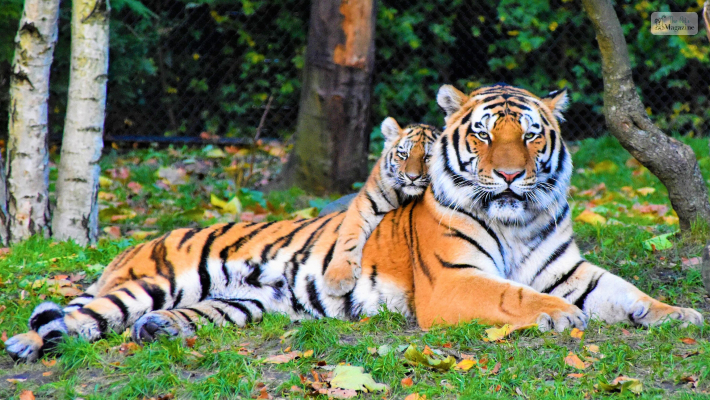
| Scientific name | Panthera tigris |
| Length | 10 ft. |
| Weight | up to 660 pounds |
Tigers are the largest and fiercest member of the cat family. Considered the most iconic among all the big cats, tigers have gorgeous reddish-orange coats with prominent black-striped patterns. It is also their most distinguishing feature. This is because, like human fingerprints, the striped patterns are unique. No two tigers have the same striped pattern marking.
They also have white spots on the back of their ears. These spots are called flashers, and generally, female tigers use them to communicate with their cubs.
In their natural habitat, tigers are apex predators and have cemented their position at the top of the food chain owing to their excellent hunting skills. Equipped with a strong bone structure and over 600 muscles, tigers can easily take down animals larger than themselves.
They also have a bite force of around 1,050 PSI which enables them to bite their prey in the neck area and break its spine. They are also strong swimmers and can jump up to a height of 30 feet. Because of all these skills, tigers have earned the title of the strongest animal in the world.
Tigers are ambush predators. This means that it stalks its prey from a distance in a stealthy manner. Then, when the poor animal is least expecting it, the tiger jumps on it and kills it.
Except for females and cubs, tigers are solitary by nature and generally hunt on their own. Female tigers will also teach their cubs to hunt.
Tigers are the native inhabitants of Asia. They have been categorized into two main sub-species – the Sunda island tigers (Panthera tigris sondaica) and continental tigers (Panthera tigris tigris). Island tigers are extinct in Bali and Java and currently only exist in Sumatra. Hence they are also called Sumatran tigers.
All other tiger populations, which include Amur (Siberian), Malayan, Bengal, and Indochinese, fall under the category of continental tigers. Tigers thrive in a wide variety of habitats, such as mangrove swamps, temperate forests, grasslands, and evergreen forests.
Wrapping Up…
We, humans, have accomplished so much over the past thousands of years in terms of technology, arts, architecture, and even weaponry. It is true that we have created weapons that can wipe out a country completely.
However, learning about some of the strongest animals in the world served as a humble reminder that we are nothing compared to Mother Nature. She will always be the best.
Did you feel the same way? Do you agree with our list of strongest animals? Let us know in the comments below.
Recommended Reading








Leave A Comment